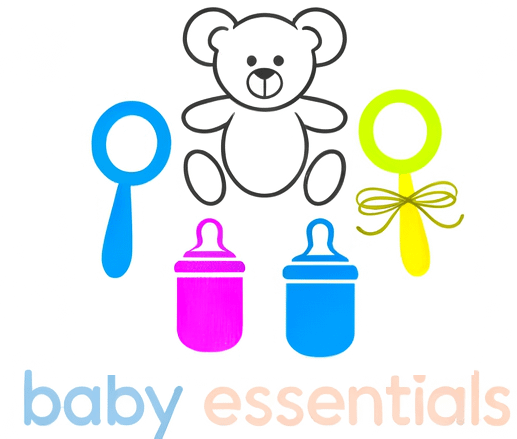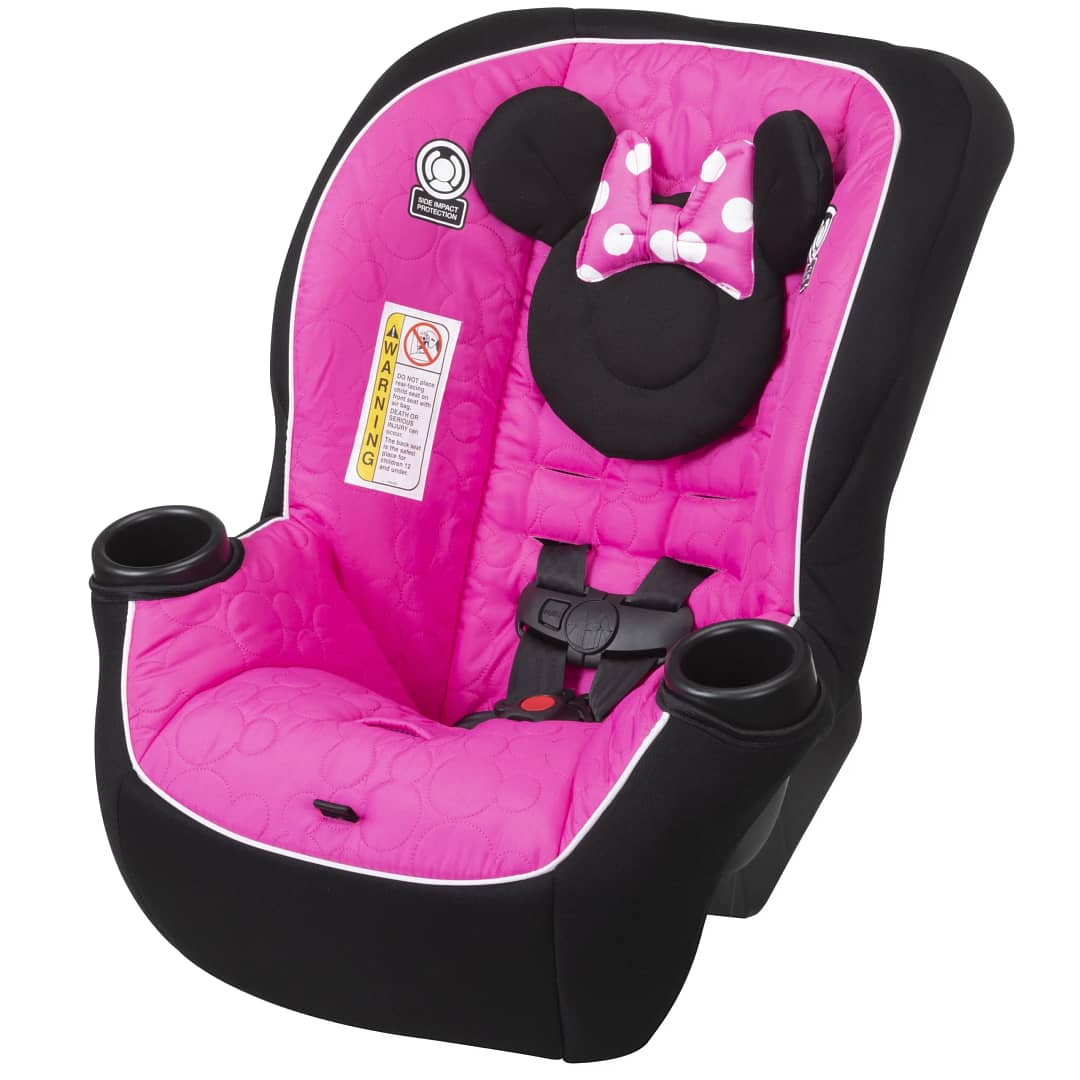Introduction – Choosing the Right Car Seat for Your Child’s Age and Size
Selecting the appropriate car seat for your child is one of the most critical safety decisions you’ll make as a parent. With children’s lives at stake during every journey, understanding the different types of car seats, their specific applications, and current UK safety regulations can mean the difference between life and death in a collision.
This comprehensive guide will walk you through everything you need to know about car seat selection, from newborn to the transition to adult seatbelts, while incorporating the latest safety standards and practical advice for UK parents.
Understanding UK Car Seat Regulations and Safety Standards
Before diving into specific car seat types, it’s essential to understand the regulatory framework governing child car seat safety in the UK. All car seats sold in the UK must comply with either the ECE R44/04 or the newer i-Size (R129) regulations.
i-Size (R129) Standard: This newer regulation, introduced to enhance safety, requires extended rear-facing travel until at least 15 months (though experts recommend until 4 years when possible). i-Size seats are categorised by height rather than weight, providing a more intuitive sizing system for parents.
ECE R44/04 Standard: The older but still valid standard that categorises seats by weight groups (Group 0, 0+, 1, 2, and 3).
Rear-Facing Car Seats: The Foundation of Child Safety (Birth to 4+ Years)
Rear-facing car seats represent the gold standard for child passenger safety, and current research strongly supports extended rear-facing travel well beyond the minimum requirements.
Why Rear-Facing is Critical
When a vehicle experiences a frontal collision (the most common type of serious crash), a rear-facing seat distributes the crash forces across the child’s entire back, protecting the vulnerable head, neck, and spine. In contrast, forward-facing seats place enormous stress on a child’s developing cervical spine, which isn’t fully developed until around age 6.
Key Safety Statistics: Children are up to 5 times safer in rear-facing seats compared to forward-facing seats. The American Academy of Pediatrics and UK safety experts now recommend rear-facing travel until at least age 2, with many advocating for rear-facing until age 4 or until the child reaches the seat’s maximum rear-facing limits.
Rear-Facing Seat Specifications and Features
Weight and Height Capacity: Modern rear-facing seats accommodate children from birth (approximately 2 kg/4.4 lbs) up to 18-25 kg (40-55 lbs), with height limits typically ranging from 40 cm to 105 cm, depending on the specific model and standard.
Advanced Safety Features:
- Anti-rebound bars: Reduce seat rotation during impact
- Load legs: Additional support structures that brace against the vehicle floor
- Side-impact protection: Enhanced padding and energy-absorbing materials
- Multiple recline positions: Ensuring proper airway positioning for sleeping infants
Installation Systems
ISOFIX Installation: The preferred method for most modern vehicles, ISOFIX provides a direct connection to the vehicle’s chassis, reducing installation errors by up to 70%.
Seatbelt Installation: Still widely used and effective when properly installed, though it requires more careful attention to achieve proper tightness and angle.

Forward-Facing Car Seats: The Transition Phase (4-7+ Years)
The transition to forward-facing should only occur when your child has outgrown their rear-facing seat’s height or weight limits, ideally not before age 4.
Forward-Facing Seat Specifications
Weight and Height Range: Forward-facing seats typically accommodate children weighing between 9-36 kg (20-79 lbs), with height limits ranging from 76 cm to 150 cm (30 in to 4 ft 11 in).
Harness Systems: Look for seats with 5-point harness systems that distribute crash forces across the strongest parts of the child’s body. The harness should be used until the child reaches the seat’s maximum harness weight (typically 18-25 kg).
Key Features to Consider
Extended Harness Use: Many modern forward-facing seats allow harness use up to 25 kg (55 lbs), significantly extending the period before transitioning to a booster seat.
Impact Shield Options: Some seats use impact shields instead of traditional harnesses, though 5-point harnesses are generally preferred by safety experts.
Booster Seats: Bridging to Adult Safety (6-12 Years)
Booster seats serve a crucial function in positioning adult seatbelts correctly on children who have outgrown their harnessed car seats but aren’t yet large enough for adult seatbelts alone.
Types of Booster Seats
High-Back Boosters: Provide head and neck support, side-impact protection, and proper seatbelt routing. Essential for vehicles without adequate head restraints.
Backless Boosters: Compact and portable, suitable for vehicles with appropriate head restraints and for older children who meet specific height requirements.
Proper Seatbelt Positioning
The “5-Step Test” determines booster seat readiness:
- The child sits with their back against the vehicle seat
- Knees bend naturally at the seat edge
- Lap belt lies across the upper thighs, not the stomach
- Shoulder belt crosses chest centre, not neck
- A child can maintain a position throughout the journey
Advanced Selection Criteria and Practical Considerations
Vehicle Compatibility Assessment
Seat Fit: Measure your vehicle’s seat dimensions and check compatibility with specific car seat models. Some seats may not fit properly in certain vehicles, compromising safety.
Multiple Car Considerations: If you need to move the seat between vehicles, consider ease of installation and whether both vehicles have compatible anchor systems.
Budget vs. Safety Investment
While car seats range from £50 to £500+, price doesn’t always correlate with safety. Focus on:
- Current safety standard compliance (i-Size preferred)
- Ease of correct installation
- Longevity and growth accommodation
- Brand reputation and crash test performance
Common Installation Mistakes to Avoid
Critical Errors:
- Loose installation (seat moves more than 2.5 cm at belt path)
- Incorrect recline angle for rear-facing seats
- Harness straps are too loose or positioned incorrectly
- Using damaged or expired seats
- Transitioning to the next stage too early
Maintenance and Lifecycle Management
Regular Inspection Schedule
Monthly Checks:
- Harness strap condition and adjustment
- ISOFIX connection tightness
- Seat padding wear and cleanliness
- Expiration date verification
After Any Accident: Replace the car seat immediately, even after minor collisions, as internal damage may not be visible.
When to Replace Your Car Seat
Mandatory Replacement Scenarios:
- Expiration date reached (typically 6-10 years from manufacture)
- Involvement in any motor vehicle accident
- Visible damage or excessive wear
- Manufacturer recalls
- The child outgrows the weight or height limits
Future-Proofing Your Investment
Convertible Seat Advantages
Consider convertible seats that grow with your child, offering:
- Extended rear-facing capabilities
- Forward-facing harness options
- Booster seat functionality
- Better long-term value despite higher initial cost
Technology Integration
Modern car seats increasingly feature:
- SensorSafe technology for temperature and unbuckling alerts
- Smartphone connectivity for installation guidance
- Advanced materials for improved comfort and safety

Making Your Final Decision
Choosing the right car seat involves balancing safety, practicality, and budget considerations. Prioritise seats that meet current safety standards, fit properly in your vehicle, and can be installed correctly every time. Remember that the safest car seat is the one that’s used properly and consistently.
Essential Action Steps:
- Determine your child’s current stage and measurements
- Research seats meeting current UK safety standards
- Check vehicle compatibility before purchasing
- Consider professional installation assistance
- Register your seat for recall notifications
- Plan for future transitions and replacements
The investment in a quality car seat is an investment in your child’s life. By following this guide and staying informed about evolving safety standards, you’re taking the most important step in protecting your child during every journey.
About This Guide: This article incorporates the latest UK safety regulations, expert recommendations, and real-world practical advice to help parents make informed car seat decisions. Always consult current manufacturer guidelines and consider professional installation services when in doubt.
FAQs
What age should my child stop using a car seat?
Children must use a car seat until they’re 12 years old or 135cm tall, whichever comes first. After this point, they can use an adult seatbelt.
Can I put a car seat in the front passenger seat?
You should never place a rear-facing car seat in the front if there’s an active passenger airbag, as this is both illegal and dangerous. If you must use the front seat, the airbag must be turned off.
Where is the safest place to install a car seat?
The safest place is in the back seat, preferably in the middle position if it has a three-point seatbelt, as it’s furthest from the sides of the car. If the middle isn’t suitable, the seat behind the front passenger is preferred over the one behind the driver for easier access from the pavement side.
What’s the difference between ISOFIX and seatbelt installation?
ISOFIX provides a more secure connection directly to the vehicle’s chassis and reduces installation errors by up to 70%. Both methods are equally safe when properly installed, but ISOFIX is generally easier to use correctly.
How tightly should the car seat be installed?
The seat should not move more than one inch (2.5cm) from side to side or front to back when you tug at the belt path. If it moves more than this, the installation is too loose.
Do car seats have weight limits for ISOFIX?
Yes, ISOFIX typically has a combined weight limit of 65 pounds (approximately 29kg) for the child and car seat together. Heavier car seats may need seatbelt installation once the child reaches 40-45 pounds.
How long should my child stay rear-facing?
Children should remain rear-facing until at least 15 months old with i-Size seats, though experts recommend keeping them rear-facing until age 4 or until they reach the seat’s maximum rear-facing limits. Rear-facing is up to 5 times safer than forward-facing.
Can my baby sleep in a car seat for long periods?
No, car seats are designed for transport only, not as a main sleeping place. Babies shouldn’t sleep in car seats for extended periods due to breathing difficulties and SIDS risk. Remove them from the car seat as soon as you reach your destination.
When should my child switch to a booster seat?
Your child should switch when they’ve outgrown their forward-facing seat’s height or weight limits. Always try to maximise the time in each seat stage, as each transition generally offers less protection than the previous stage.
What’s the difference between i-Size and weight-based car seats?
i-Size seats are height-based and comply with the newer ECE R129 regulation, offering more stringent safety requirements. Weight-based seats follow the older ECE R44.04 standard and are categorised by weight groups (0, 0+, 1, 2, 3).
What is the difference between a Universal and a Semi-Universal car seat?
A Universal child car seat means that the particular seat fits every car (in theory). It will still be subject to a physical fit check. A Semi-Universal seat is a seat that requires a vehicle checklist to confirm its suitability.
When should I replace my car seat?
Replace immediately after any accident, when it reaches its expiration date (typically 6-10 years), shows visible damage, is subject to manufacturer recalls, or when your child outgrows the weight or height limits.
References Section
- Department for Transport – Car Seat Safety Guidelines (2025)
- Which? – Best Car Seats for Babies and Children (2025)
- RAC Drive – Car child seat laws guidance
- UK Road Safety Knowledge Centre reports
- ECE R44/04 and R129 (i-Size) regulations
- Britax safety recommendations
- Halfords car seat buying guides

